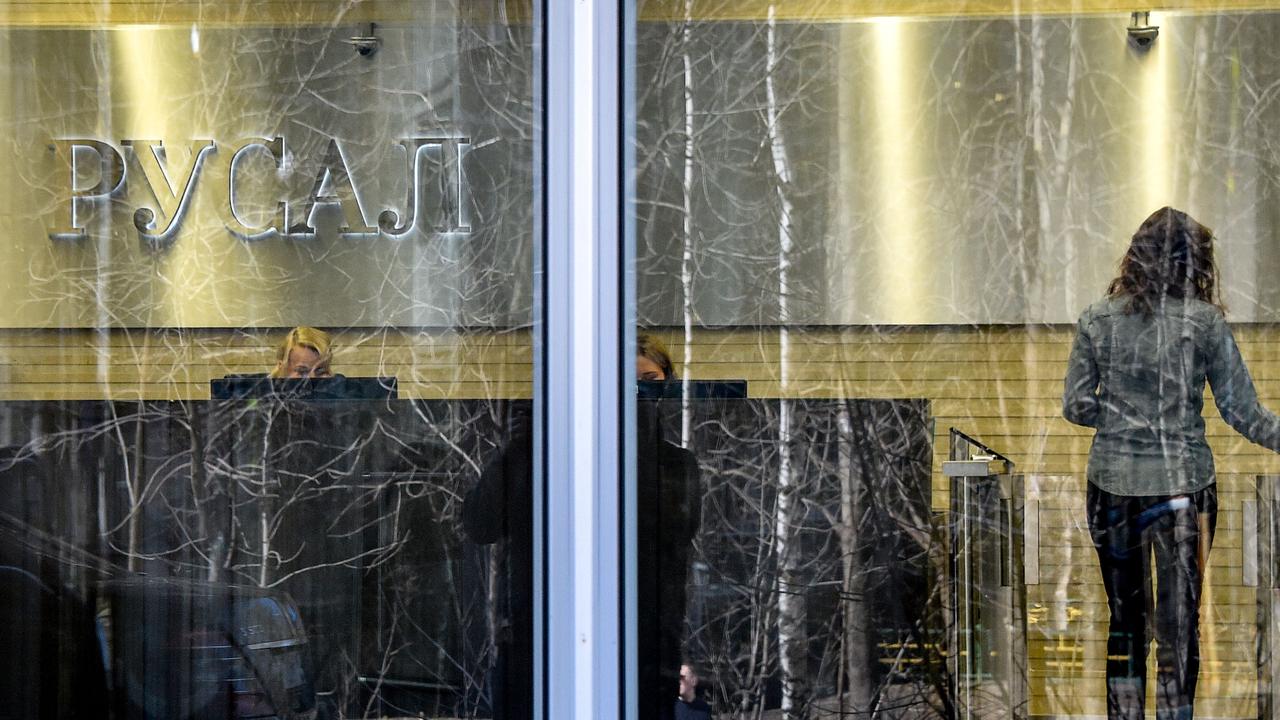The Woolworths-Lowe’s bust up exposes structural weakness in joint venture agreements

Seven months after Lowe’s, as envisaged by the exit mechanisms in the agreement with Woolworths, exercised an option to “put” its one-third interest in the joint-venture vehicle, Hydrox, to Woolworths, it has taken legal action seeking to have Hydrox liquidated.
That was its response to Woolworths’ announcement a week ago of a series of deals to exit the home improvement sector, with the Home Timber & Hardware business to be sold to Metcash for $165 million, the liquidation of Masters’ stock by an international specialist and the sale of Hydrox and the properties and leases within it. It has granted a private consortium a call option over its two-thirds interest in Hydrox.
All up, Woolworths has said it expects gross proceeds of $1.5 billion but, after the costs of winding down the business and before any “shareholder payments,” net proceeds of about $500m. If all went according to Woolworths’ plan, Lowe’s share of that $500m would be about $166 million.
Lowe’s clearly wasn’t happy with that outcome and took near-immediate court action to try to force Hydrox into liquidation. That could be tactical — an attempt to gain some leverage to extract a bigger payout from Woolworths — although there is also said to be an emotional tinge to Lowe’s stance.
Lowe’s had previously written down the value of its Hydrox interest by $US530m. From its accounts it would appear the residual book value of its stake is about $US393m, or about $A522m. If Woolworths’ estimate of the net proceeds from exiting the joint venture were accurate, Lowe’s would have to write off another $US270m or so.
It’s worth noting that when Woolworths announced its own $3.25bn of pre-tax losses from the home improvement misadventure in its first-half results, it subtracted $1.115bn from the gross number.
That related, it said, to Lowe’s share of the losses, which would amount to about $US840m. The additional Lowe’s writedown required, after recoveries from the sales of the home improvement assets, might be closer to $US200m.
In any event, it’s a sizeable and no doubt somewhat embarrassing number, given the proximity to the earlier and larger writedown. Lowe’s self-evidently believes the litigation gives it a chance of reducing it.
It shouldn’t, however, have come to this.
When Woolworths announced the exit from the home improvement sector back in January, it released details of the joint venture’s exit mechanisms.
Lowe’s had an option to put its interest in Hydrox and Woolworths a call option over Lowe’s interest once the put option was exercised, as it was in mid-January. The significant element of the agreement was, naturally, the consideration involved.
The partners had five business days to agree a value for Lowe’s interest in Hydrox. If they failed to agree, each of them would commission an independent expert’s valuation of the interest. After receiving the valuations and sharing them, they would then have another five business days to reach a deal on price.
If they still couldn’t agree, they would jointly appoint a third independent expert who would determine the price “within the range of the interim valuations” each had previously commissioned.
What Woolworths’ description of the mechanisms didn’t say was that there was a final element to the process. If the partners couldn’t agree on who the third expert might be, the Institute of Chartered Accounts would be asked to nominate them.
On paper, that is a pretty standard set of processes for dissolving a joint venture. In practice, with Lowe’s refusing to agree to the third expert or the ICA’s involvement, Woolworths and Lowe’s ended up in a stalemate.
Lowe’s, it appears, wanted a US firm appointed as the third expert while Woolworths wanted someone with intimate knowledge of the Australian property market. Lowe’s wouldn’t agree to the appointment of the Australian office of a US property firm. Its unwillingness to co-operate probably suggests that a value anywhere within the range set by the two initial valuations was unpalatable to it.
Woolworths ultimately, more than seven months after the exit mechanisms were triggered, decided to push ahead with the wind-up of the Masters business. Lowe’s isn’t opposed to the Home Timber sale, or the liquidation of Masters’ inventory. It is the property portfolio, of course, which represents the largest slab of value.
While there have been suggestions that Lowe’s is concerned that Woolworths, which plans to retain several of the properties, structured the sale to avoid giving competitors to its continuing businesses a strategic leg-up, the value of the bulk of the properties was established by a strongly competitive process with a number of very credible bidders. The properties Woolworths retains will be subjected to independent valuations and any valuation uplift would have to be shared with Lowe’s.
It is also the case that Lowe’s actually has an option. The Home Consortium has a call option only over Woolworths’ interest in Hydrox, even though it wants to acquire the entire vehicle.
While it would be a locked-in minority, if Lowe’s believed the property portfolio’s value weren’t being fully realised — or that the Home Consortium could create significant value — it could retain its stake and exposure to any upside.
The messy fallout from the end of the Masters joint venture and the failure of the joint venture agreement to determine the value of the parties’ interest in Hydrox will inevitably provoke a lot of discussion and analysis within law firms and within companies with joint ventures, given that the structure of the exit arrangements was fairly standard for such agreements.
It would appear logical that the appointment of the third and neutral expert will probably, where there is no joint endorsement by the partners of the expert, have to be at arms-length (as was envisaged by the provision that brought the ICA into the process) but absolutely binding.
Or else the disagreement would need to be tipped into a binding formal arbitration process, which is probably where the dispute between Lowe’s and Woolworths will eventually end up unless Woolworths is prepared to tip another $300m or $400m into the black hole that was its disastrous attempt to challenge Bunnings’ dominance of the home improvement sector.
Hear from Alan Kohler, Robert Gottliebsen, Stephen Bartholomeusz & John Durie at a special member Q&A. Click here to find out more or book tickets.






One of the curious, and perhaps instructive, aspects of the disintegration of the relationship between Woolworths and its US joint venture partner in the Masters home improvement debacle is how what appears to be a conventional and iron-clad joint venture agreement has ended up in the courts.